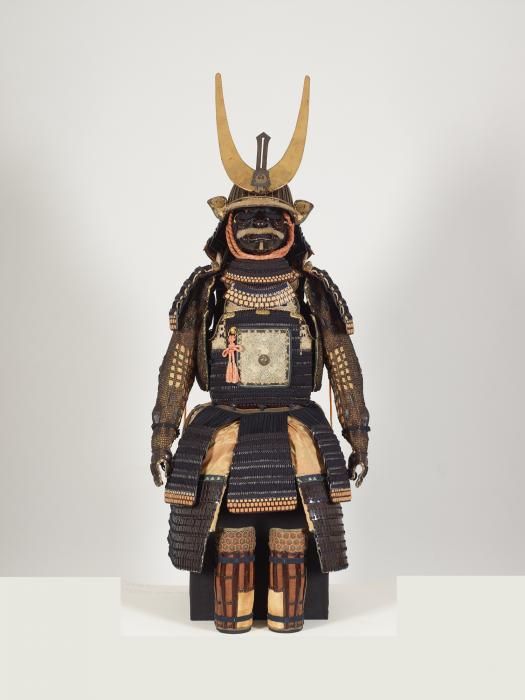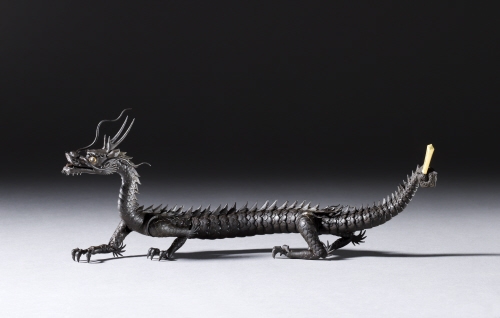Introduction
The British Museum is one of the world’s oldest public museums. Located in London, England, the British Museum has the most extensive collection of artifacts globally and is dedicated to showcasing history, art, and culture. Different artworks in the museum are divided into seven main collections depending on the geographical location of the artwork’s origin. These collections are from Africa, the Americas, Ancient Egypt, Ancient Greece and Rome, Asia, Europe, and the Middle East.
For example, the Asian section contains art from various Asian countries such as China, Japan, and Korea. The museum’s collection culminates in over 60 galleries showcasing the cultures and histories of different communities from different areas of the world (“How to Explore the British Museum from Home”). A virtual museum tour is beneficial as it enables individuals to analyze the various artifacts repeatedly and at their own pace.
Virtual Tour
The virtual tour of the British Museum has various advantages compared to an in-person visit. One of the advantages of taking a virtual tour of the British Museum is that one can tour the museum quietly without any interruptions from other visitors (“How to Explore the British Museum from Home”). In addition, it enables an individual to plan their route through the various galleries or view specific artworks.
Thus, virtual visitors to the British Museum have more freedom to explore the various galleries and artworks without time restrictions. The two art pieces I chose were the Samurai Armor and the iron model dragon called the articulated model dragon. These pieces are located in the Asian section of the British Museum within the Japanese collection. I mainly chose these artworks due to my interest in the Japanese culture. The Samurai Armor and the articulated model dragon interestingly depict Japanese culture by providing valuable insights into the nation’s history.
The Samurai Armor
The samurai armor was acquired by the British Museum using the Japanese acquisition fund for the Asian department. The armor dates to the 1700s, during Japan’s Edo period (Desloge, Fighting Fit 2). In the Edo era, Japan was relatively peaceful, and the armor was mostly a ceremonial article used in ceremonies. However, Samurai warriors in Japan still wore the armor for battle.
Desloge further noted that the Japanese samurai armor was created using various materials such as lacquer, metal, textile, horns, and leather, which presents various challenges in its conservation. The armor’s design protected the samurai warriors during battle while elevating their honorable state in society. However, the armor’s creator is unknown as it was previously privately owned and had no other known conservation records.
Moreover, the samurai armor is an artwork containing high levels of detail and intricate designs across its various pieces. Samurai armor has several distinct pieces that serve different purposes, including the helmet, mask, chest armor, shoulder guard, skirt, thigh protection, and shin guards, as depicted in Fig. 1 (RFK Architects). Each piece is essential to the complete armor as it protects explicitly the Samurai warrior. In addition, the Samurai armor symbolized the wearer’s status as a warrior for the Japanese community. Consequently, the armor identifies its wearer as a member of the elite class and a man of honor in society (Desloge, Conserving a Suit of Samurai Armour). Other armor elements, such as the horns on its helmet, represent the warrior’s bravery in battle.Therefore, the Japanese samurai armor has several symbolic ties to the Japanese culture and showcases its various aspects.

Iron Model Dragon
The articulated model dragon is a gold and iron ornament that Myochin Kiyoharu created. This iron model dragon, also known as the articulated model dragon, was made between the eighteenth and nineteenth century in Japan and is among the several models made by the Myochin family (“Okimono (jai Okimono); Figure; Storage Box | British Museum”). Fig. 2 shows how the articulated model dragon is very detailed, and an observer can easily see the dragon’s scales and various unique aspects, such as its horns and tail. Like the Samurai armor in the British Museum, the articulated model dragon traces back to the Edo period in Japan.
In addition to its distinct features, the articulated model dragon is fascinating as its neck, body, legs, and tail are moveable while the tongue and lower jaw can be extended (“Okimono (jizaiOkimono); Figure; Storage Box | British Museum”). The iron model dragon was designed as an ornament; thus, its primary purpose was decorative. Its design reflects the artistry of Japan and showcases the significant advancements in metalwork in the region during the Edo period.

Furthermore, the ornament represents ingenuity as it utilizes silk to create features that give the dragon a lifelike appearance, such as its moveable and extendable features and scales. The dragon’s scales are reminiscent of the metal scales of samurai armor (“Okimono (jizai Okimono); Figure; Storage Box | British Museum”). In addition, the flexibility of the dragon showcases the skillful techniques employed by Myochin in its creation. Generally, the articulated model dragon reflects the cultural traditions of Japanese society and how it paid attention to detail and utilized naturalistic forms. In analyzing the artwork, one identifies the various elements of Japanese culture from the Edo era and compares them to the advancements over time.
Conclusion
In conclusion, the virtual tour of the British Museum enabled me to analyze the various art pieces thoroughly and thus comprehensively interpret the artworks. My assessment of the museum and the virtual tour was optimistic, as I enjoyed all aspects of the experience. The virtual tour offered me a unique opportunity to explore the British Museum’s collection in my comfort.
In addition, I was able to explore the vast collections of artworks on display at the museum and its massive range of information on the different histories and cultures related to the artworks in the museum. I was enlightened on the various fascinating aspects of the museum, such as it being the most significant global indoor space featured on Google Street View, enabling individuals to tour the museum through Google Street View. Most importantly, I have gained a nuanced understanding of Japanese culture, particularly during the Edo period, as well as its values and impressive skills. The virtual tour through the Asian section of the British Museum was an informative experience and enlightening on the art and culture of Japanese society.
Works Cited
“Articulated Model Dragon, Signed by MyochinKiyoharu.” British Museum Images. Web.
“How to Explore the British Museum from Home.” The British Museum. Web.
“Okimono (jizai Okimono); Figure; Storage Box | British Museum.” The British Museum. Web.
Desloge, Tania. “Conserving a Suit of Samurai Armour.” The British Museum. 2018. Web.
—. “Fighting Fit: Conservation of a Japanese Samurai Armour at the British Museum.” Academia.edu. 2020. Web.
RFK Architects. “Japanese Galleries.” RFK Architects. 2019. Web.